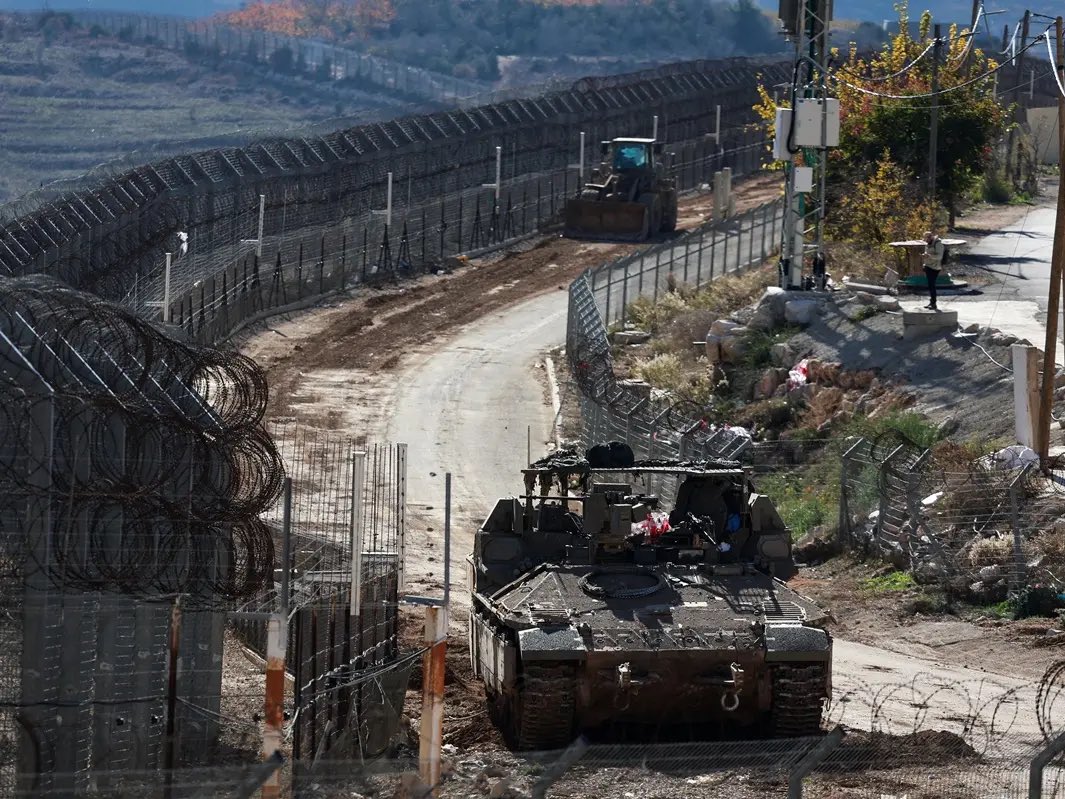🧵1/ Trump states he’ll fully lift sanctions on Syria tomorrow. On the surface, this looks like a lifeline to a war-ravaged country. But it’s really a strategic U.S. exit from the Syrian file; a handoff, not a helping hand.
Here’s why that matters ⬇️
Here’s why that matters ⬇️

2/ First: lifting sanctions means unlocking trade, aid, and reconstruction funds. Syrians after 14 years of war and devastation desperately need it. But don’t mistake this for a re-engagement. It’s the opposite.
3/ This move signals that the U.S. wants to wash its hands of Syria. The Assad regime is gone, AlSharaa one is in, and Trump doesn’t want America entangled in rebuilding or in shaping post-Assad Syria.
4/ Enter Saudi Arabia and Turkey. Both pushed hard for sanctions relief, but not for humanitarian reasons only. They want to shape the new Syrian order. That means economic access and political leverage, without U.S. interference.
5/ For Saudi Arabia, Syria is now a frontline in its regional cold war with Iran. With Assad (an Iranian proxy) gone, Riyadh sees a rare opening to bring Syria back into the Arab fold, under its terms, cutting Iran regional wider project.
6/ For Turkey, it’s about two things:
•Erasing Kurdish autonomy in the northeast, now easier without U.S. backing for the SDF.
•Economic gain from northern Syria in the past, where 🇹🇷 companies have already operated in former rebel-held zones, to the whole country now.
•Erasing Kurdish autonomy in the northeast, now easier without U.S. backing for the SDF.
•Economic gain from northern Syria in the past, where 🇹🇷 companies have already operated in former rebel-held zones, to the whole country now.
7/ The US, by lifting sanctions, removes itself as an obstacle to this Saudi-Turkish (Qatari) agenda. In effect, it’s greenlighting a regional power-sharing deal in Syria, while stepping back entirely.
8/ Al-Sharaa is now the spearhead Saudi Arabia and Turkey have been waiting for. Both had ties with his faction, and now they’re pushing to politically legitimize him, not just as Syria’s leader, but as a vehicle to reshape control on the ground and redraw influence zones.
9/ For the U.S., this is a risky but calculated play:
•Get out of Syria without a power vacuum (at least not immediately).
•Avoid directly legitimizing a former jihadi leader.
•Let allies manage the outcome, and shoulder the costs.
•Get out of Syria without a power vacuum (at least not immediately).
•Avoid directly legitimizing a former jihadi leader.
•Let allies manage the outcome, and shoulder the costs.
10/ What happens next?
•U.S. may officially “suspend” sanctions but avoid full normalization by having direct ties with Damascus.
•Gulf money will pour in to stabilize the new regime.
•Turkey gets more say in Syria’s future, militarily and economically.
•U.S. may officially “suspend” sanctions but avoid full normalization by having direct ties with Damascus.
•Gulf money will pour in to stabilize the new regime.
•Turkey gets more say in Syria’s future, militarily and economically.
11/ But the risks remain:
Russia and Iran won’t sit this out. Their economic arms , the sanctioned businessmen who thrived under Assad , are still active and protected by AlSharaa gov. If sanctions are lifted without precision, these same actors could regain even more power.
Russia and Iran won’t sit this out. Their economic arms , the sanctioned businessmen who thrived under Assad , are still active and protected by AlSharaa gov. If sanctions are lifted without precision, these same actors could regain even more power.
12/ Figures like Mohamad Hamsho, who controls hard currency flows, and Fouad Al-Assi, who runs Syria’s largest money transfer network, remain central players. Both are under US and EU sanctions, yet still dominate Syria’s economy. They could turn even stronger tomorrow.
13/ In short: lifting sanctions might help Syrians survive. But the bigger story is this: the U.S. is handing Syria over to regional powers, calling it “peace,” and walking away. That leaves key files like ISIS prison camps and abandoned militias dangerously unresolved.
• • •
Missing some Tweet in this thread? You can try to
force a refresh








